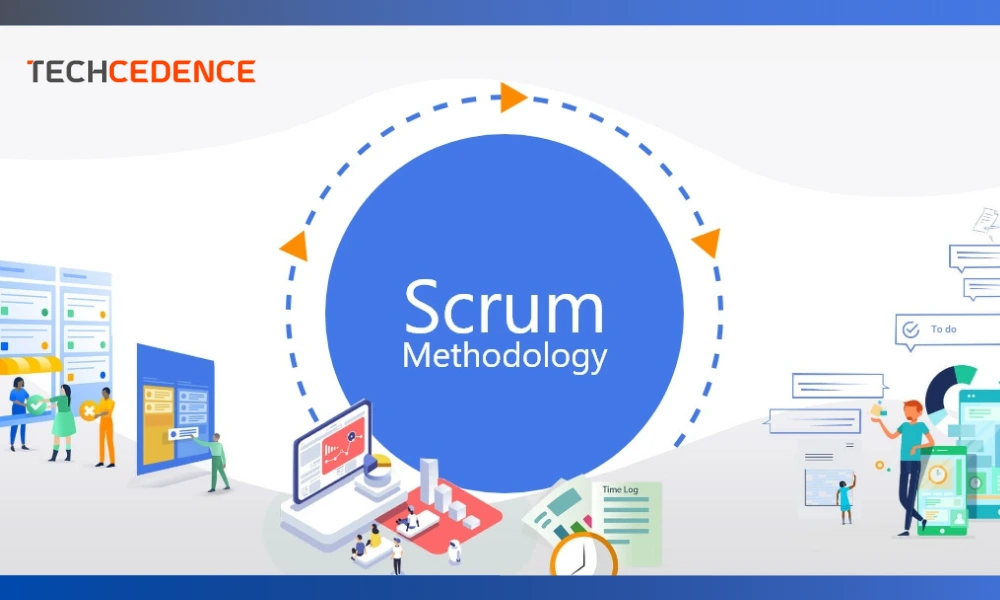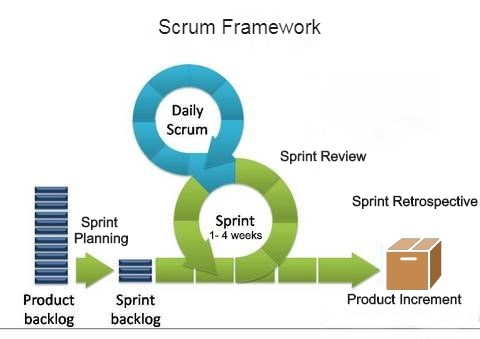
Categories : Technology
Author : Date : Sep 7, 2021
Scrum is one of the popular agile framework widely used by software development teams to manage product development. Scrum methodology adopts a structured approach to project management.
Although scrum is one of the agile process frameworks and shares certain principles and practices of Agile, it is distinguished by certain concepts and detailed software development practices. Scrum is all about continuous improvement, where it follows an iterative approach and work is delivered at regular intervals known as sprints. The team delivers the product as increments at the end of each sprint.
The components of a scrum framework include product owner, scrum master and a team.
The Product owner refers to the key stakeholder of the project who is responsible for product development and delivering the desired outcome. He has a clear understanding of the requirement and is responsible for managing the sprint and accepting the completed sprints. Scrum master is a scrum expert who oversees the project and offers guidance to the team. He is a facilitator between the product owner and the team and ensures that the development team follows scrum practices. The development team follows scrum practices and is equipped with the skills to deliver increments. The team has no leaders to delegate tasks and each member of the team is part of product development.
Scrum addresses shortfalls in the traditional waterfall process which results in constant changing requirements. The scrum process is iterative, unlike the waterfall process which is consecutive. Scrum development breaks down the project into several sprints and daily scrum meeting and inspection ensures that each sprint delivery meets customer expectations. Any discrepancy is detected early and is fixed before moving onto the next sprint.

The above process is repeated until the product development is completed.
The scrum methodology brings in transparency in work accomplished and progress made by the team.
Adopting scrum methodology brings in the following benefits to the team:
I hope this article gives a basic understanding of the Scrum process and can help implement scrum practices in your organization.